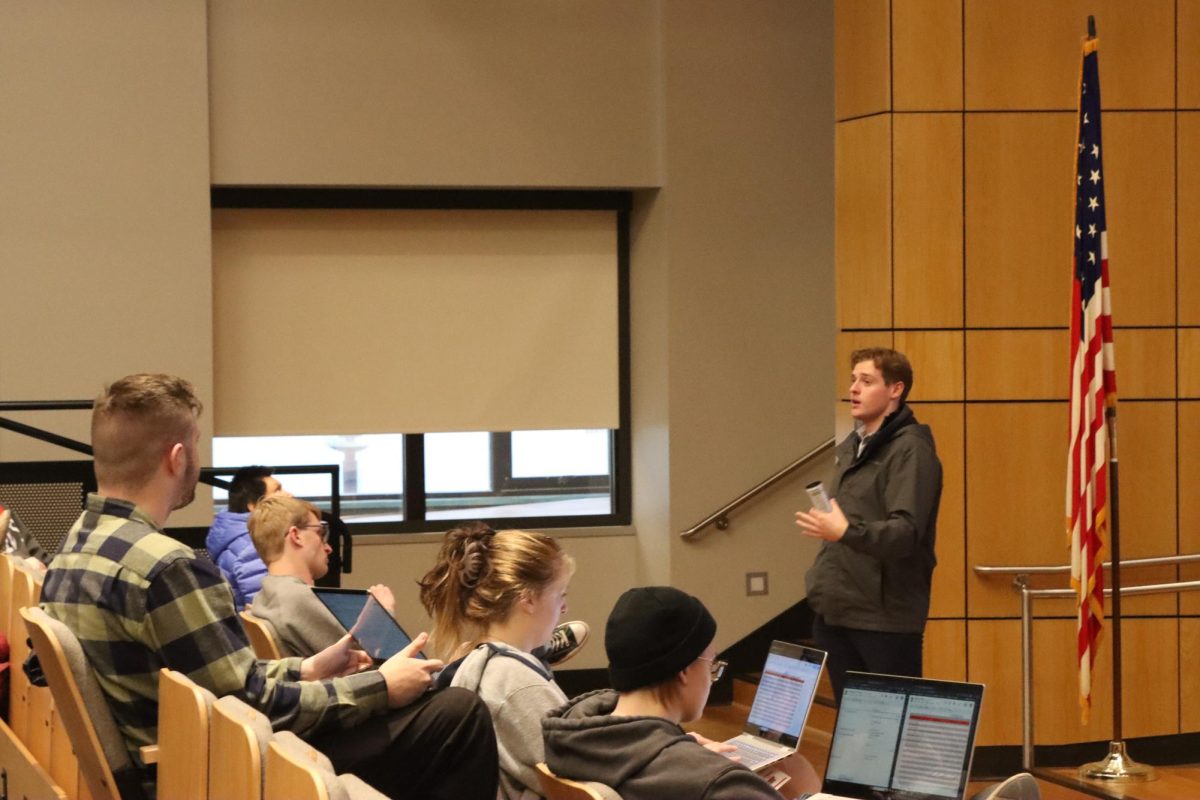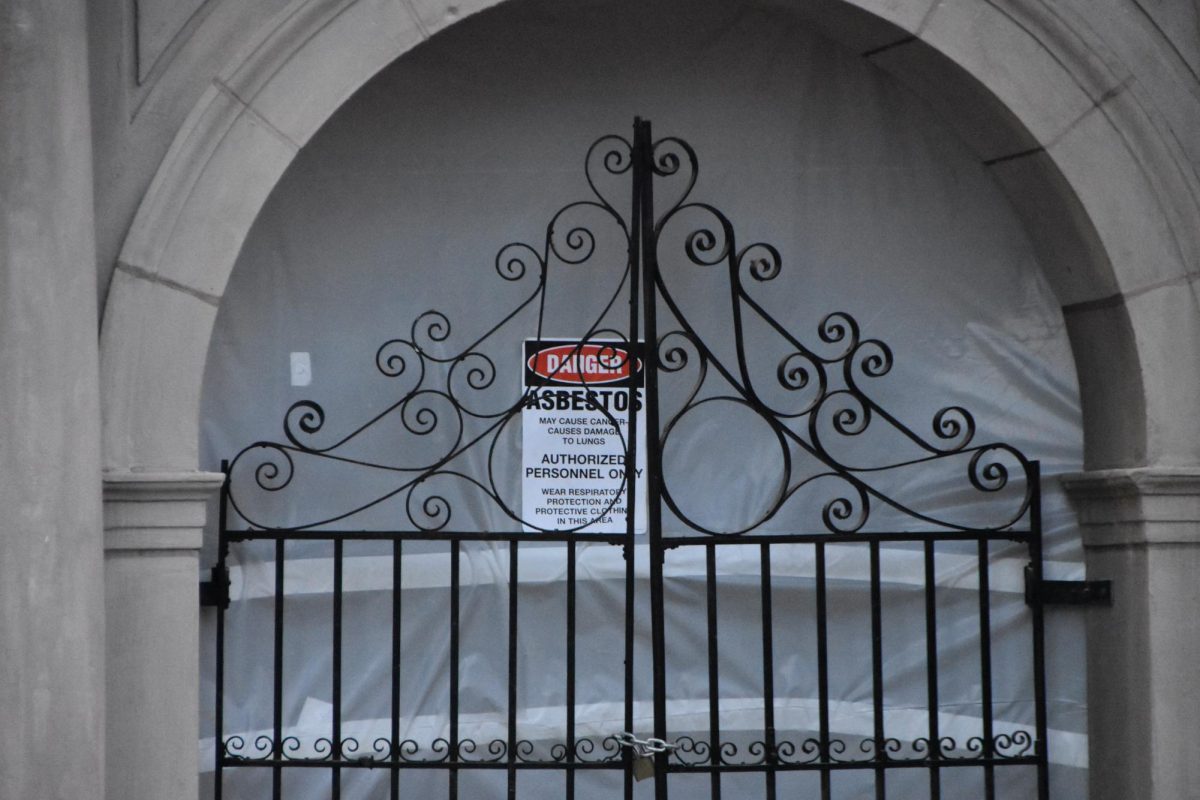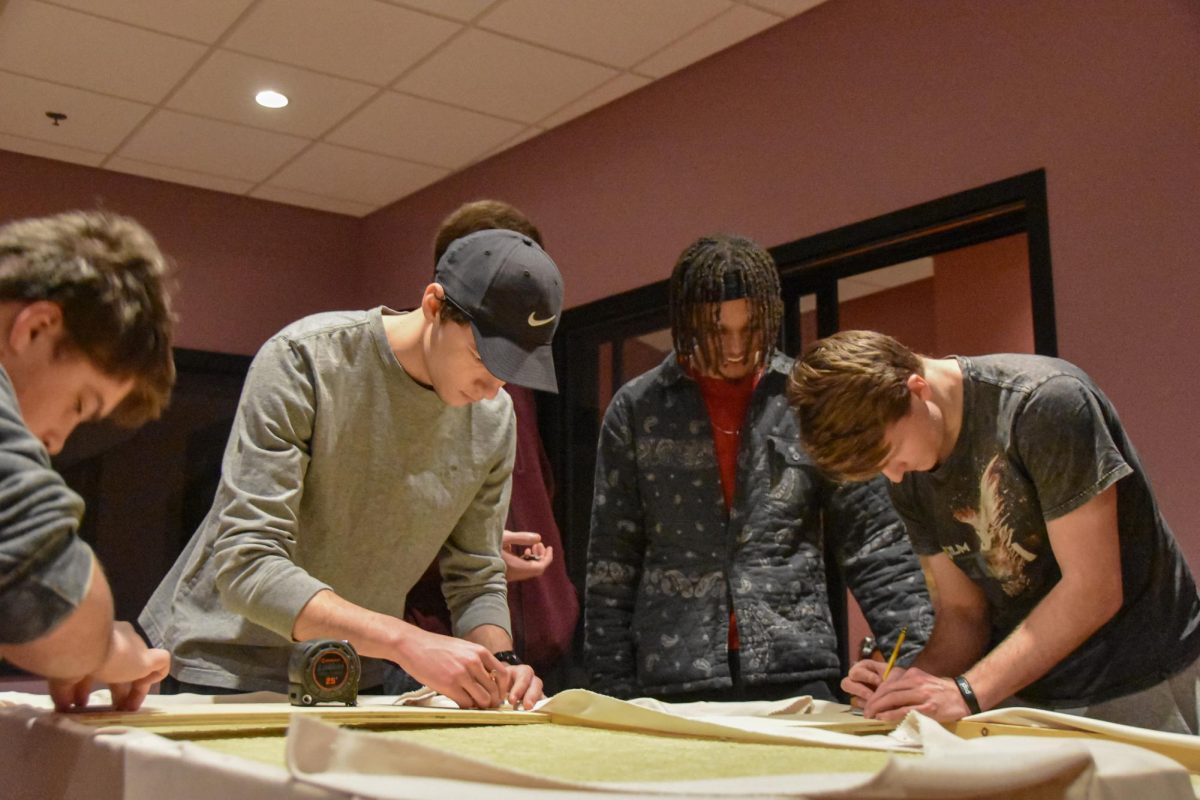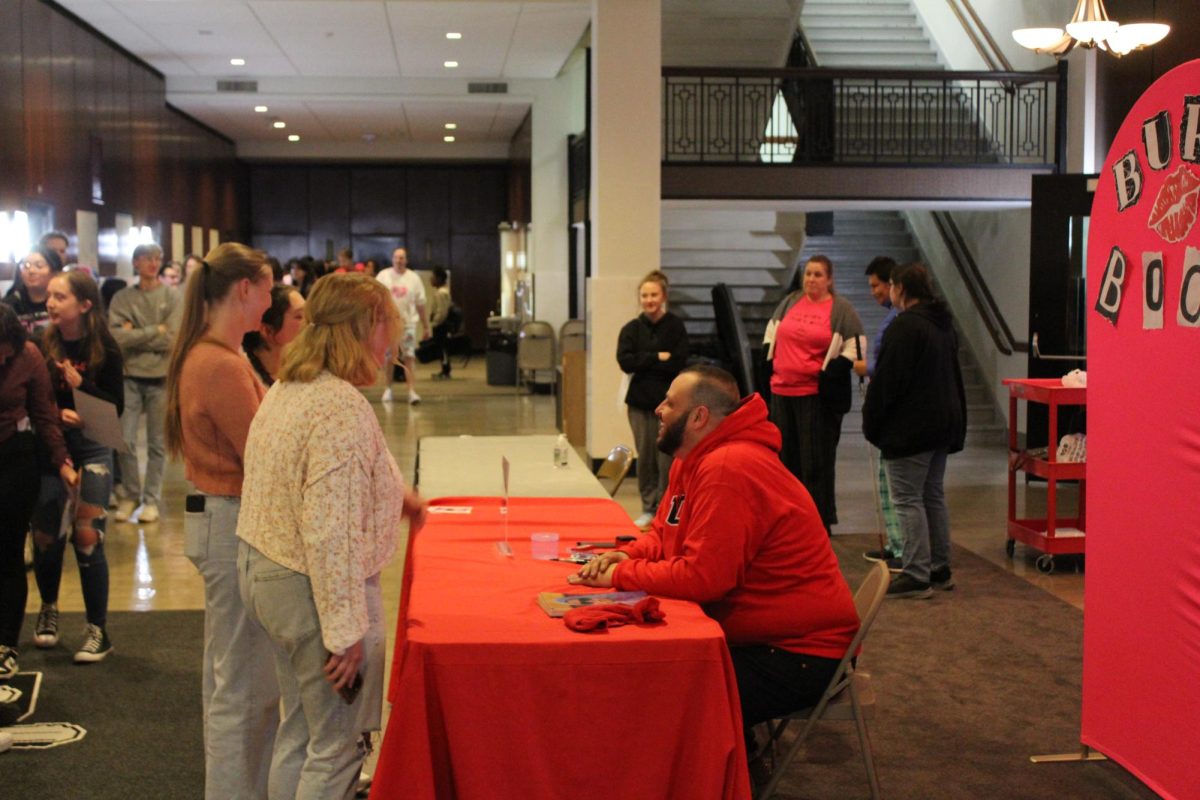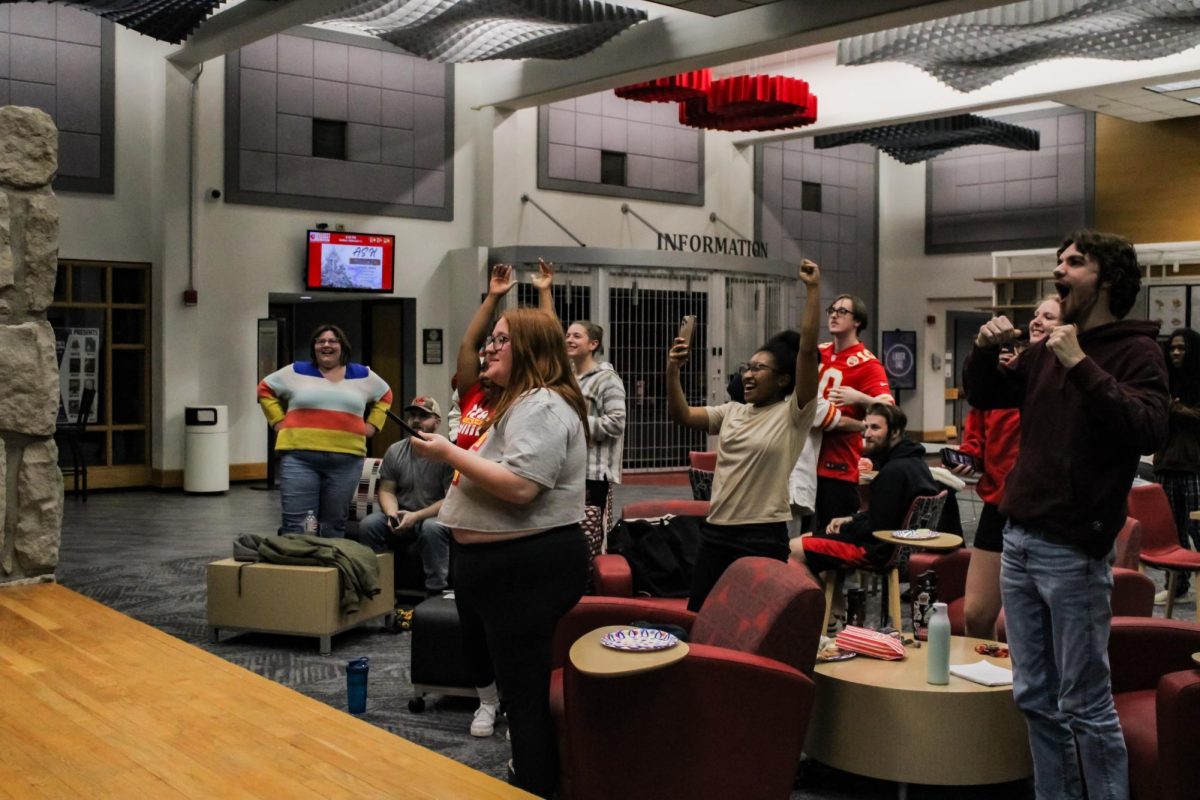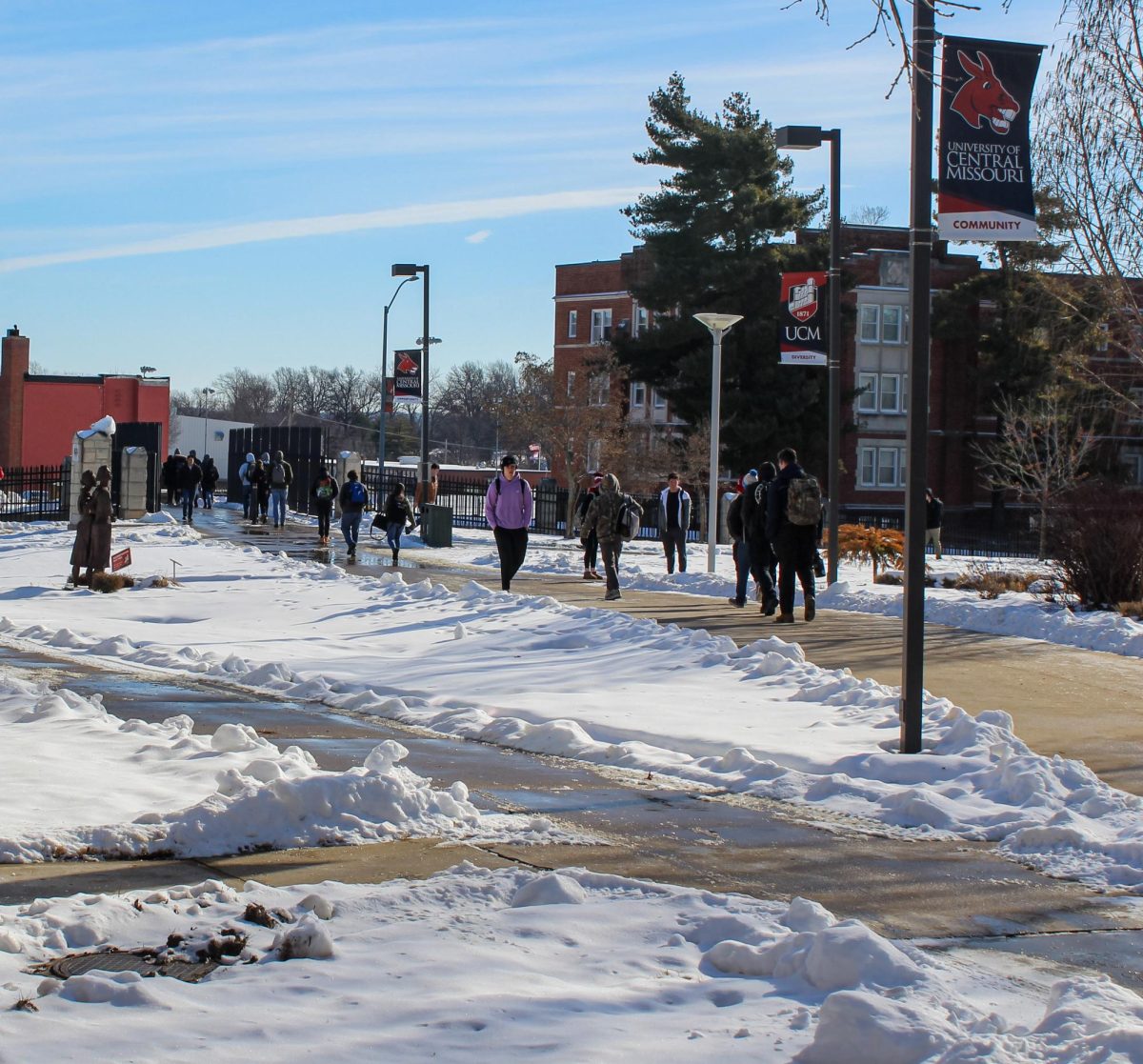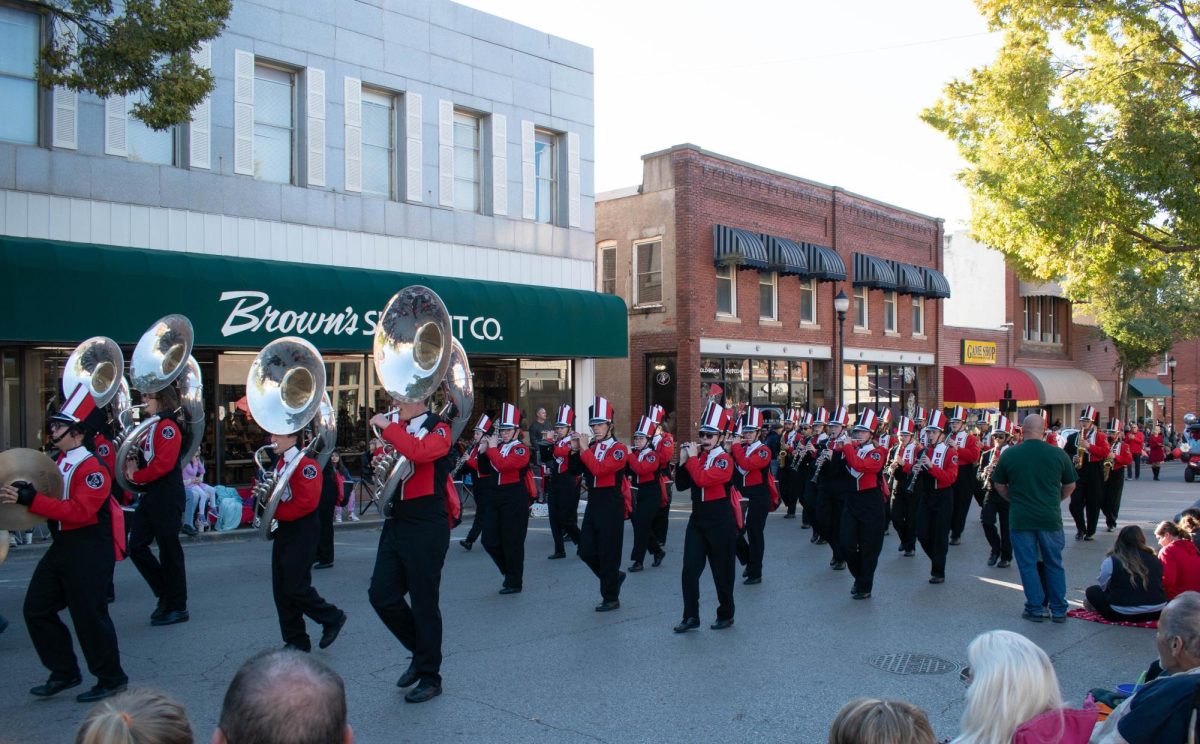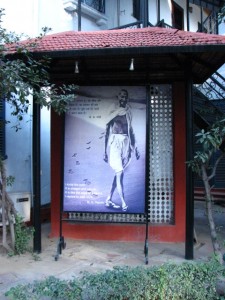
By SANDY IRLE
(digitalBURG) – Three weeks in India is just enough time to get a snapshot of life there. New Delhi is an amazing city full of contradictions. The pollution is horrific, colors are spectacular, traffic is overwhelming and people friendly.

Your senses are so bombarded that it can seem taxing just to get to the grocery store, and it’s amazing that anyone accomplishes anything with the way traffic moves. Three lanes of traffic hold five lanes of vehicles, all honking their horns. It is not at all unusual to see a car, bus or even an elephant coming the wrong way on the street or highway. Buses, cars, motorcycles, rickshaws, pony carts, bicycles, camels, cows, elephants and people on foot share the same roads. On noting our surprise, one taxi driver just shrugged his shoulders and said, “This is India.”
Mahatma Gandhi spent his last 144 days on earth at a home in New Delhi, now a museum called Gandhi Smriti. You can see a recreation of his last steps as he made his way to the small pergola where he shared a daily prayer message, and where he was shot to death in 1948. The museum has a series of diorama’s, paintings and other displays dedicated to telling the story of the man who was once called the “father of India.” The art gallery there is expressively beautiful with various interpretations of Gandhi, his life and work. Visitors can also see the room in which he stayed and his meager belongings of a cup, some silverware and very little else.
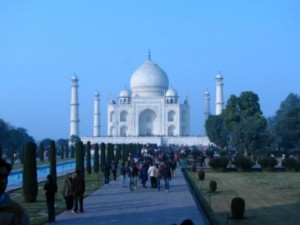
Visiting the Taj Mahal near Agra may be a touristy thing to do, but it is a magnificent architectural feat. A UNESCO World Heritage Site, the Taj was built in 1648 entirely of marble and is 213 feet tall at the peak. Swarms of people visit and foreign tourists pay higher fees. As in many historic sites, remove shoes before entering so as not to damage the floor, although visitors don’t actually enter the burial chamber.
We felt that the pollution was little better than in New Delhi, and while there we spotted an LED sign that explains the pollution levels on that day. It seems that pollution is threatening this tribute to the love an emperor had for his wife.
Located near Jaipur in the rugged hills overlooking Maota Lake, the magnificence of the Amber Fort is exhilarating. The walls surrounding the fort, which extend for miles, contain hundreds of archer slots. Built in the 16th century from red sandstone, it is spectacular, with delicate glass mosaic work and carved pillars. One part of this grand place is the Sheesh Mahal or Mirror Palace, with its walls and ceilings decorated with “paintings” made entirely of glass.
The legend is that the queen was not allowed to sleep in the open air but longed to see the stars, so the king had this hall built for her. The effect of two burning candles reflecting off of the glass is said to be like that of twinkling stars.
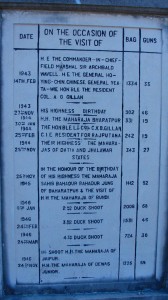
A five-day tour of the so called “Golden Triangle” is an eye-opening experience. While on the New Delhi, Agra, Jaipur route, one can visit Keoladeo National Park, a former private duck shooting preserve of the Maharaja of Bharatpur, now a protected bird sanctuary and world heritage site. There is a huge marble tablet giving the dates of hunts, who attended and how many birds were shot. Visiting British princes and other dignitaries were escorted here and often shot thousands of birds in one day.
While in Bharatpur, we stayed at the majestic Laxmi Vilas Palace. We were offered our choice of two rooms and chose a room with a fountain at the foot of the bed. Filled with original antiques and hand-painted wall adornments, it had a decidedly royal feel to it. The room opened to a courtyard that had several fire pits, lit for the cool evening. After dinner we chose our seats by the fire and ordered drinks. A guy came and asked if he could sit by our fire and we invited him to join us. Mark asked him if he had been there before, to which he replied, “I sit here every night. I live here.” It turned out that he was Samarjitsinh, the son of the Maharajah! Before long, his wife, Radhika, and a friend joined us, and then the Maharaja Ranjitsinh himself. From the “Taj” to the “Raj!”
Mark went off to play pool with the guys, and I stayed to talk to the elderly gentleman. Educated in law in London, he was charming and well-spoken and we spent an hour talking about many subjects before he retired to their home upstairs.
In the morning we reluctantly packed our bags and made our way to the royal dining hall. The Maharajah greeted us heartily in the lobby, having just returned from his morning walk, and accompanied us to breakfast. Our four waiters certainly gave us the royal treatment. While Mark went to check out and take our bags to the car, I lingered over a cup of masala tea and listened to the stories of the changes that had taken place in India in the Raj’s lifetime. I couldn’t help but think back to the Gandhi museum and all I had learned there.
Travel truly is a wonderful teacher.
Sandy Irle lives with her husband, Mark, on a Century Farm near Warrensburg, Mo., and has so far visited 27 countries and 45 U.S. states.
Recent Stories
- New Trend: Artists switching genres
- UCM Greek Life Prepares for Greek Week
- “Xanadu”, the absurd and the heartfelt show by UCM Theatre
- Spring Break Poll
- Skinner on the Street
- SGA to hold upcoming election
- “Now that’s a party!”: A “Mean Girls” (2024) Review
- Mo’s Activity Council hosts Mean Girls actor, Daniel Franzese
- Former World Series MVP speaks at UCM First Pitch Banquet
- UMG has falling out with TikTok due to contract diputes
A glimpse of India's Golden Triangle
Written by Muleskinner Staff
March 4, 2013
Story continues below advertisement
Leave a Comment
More to Discover

